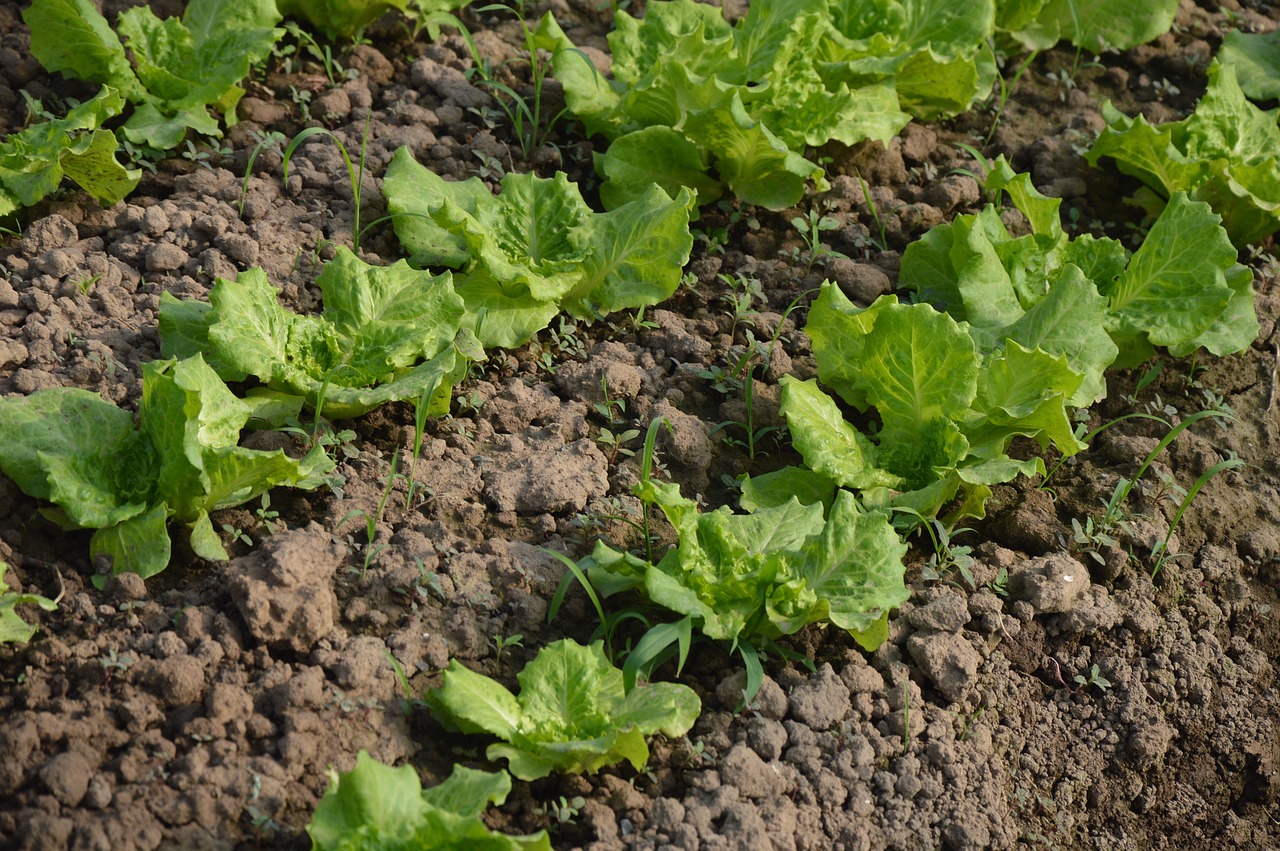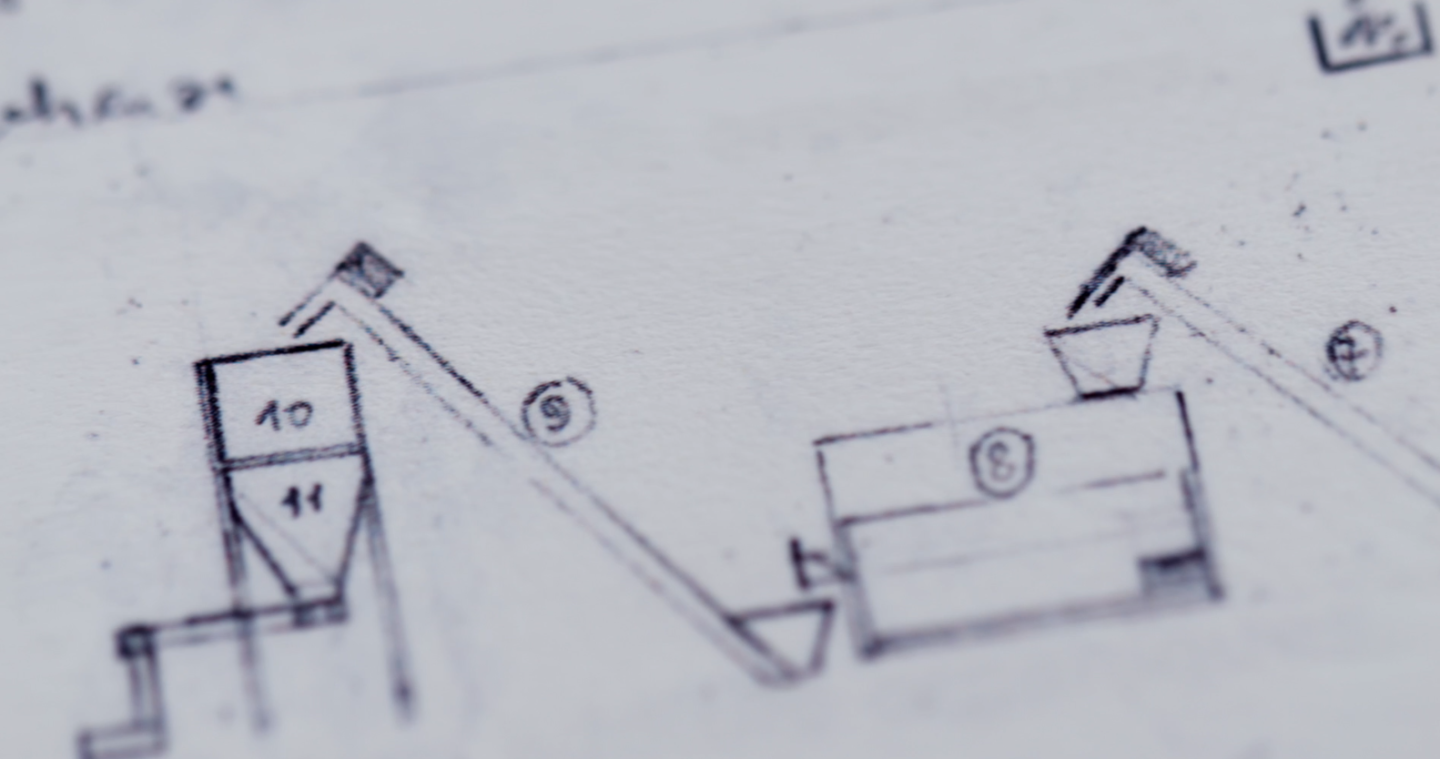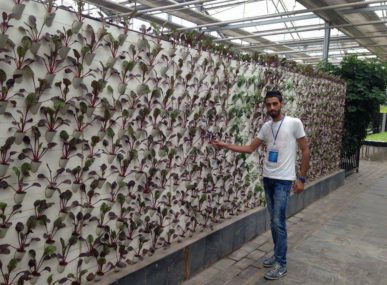Khelil grew up in the Tunisian Cap Bon where agriculture and nature are a family business. Because of his ingenuity and resourcefulness, he quickly became a mechanical engineer, even though he had always planned to go on the entrepreneurship track. His great passion is upcycling, a know-how that is both ancestral and furiously modern which pushes him to reduce the waste.
Capm Bon, Tunisia
Resource Efficiency and Sustainable Waste Management, Sustainable Food and Agriculture
If it is conventional to put the coffee ground at the soil of our roses at home W2V, a Tunisian new startup that is inspired by the slogan “Waste-to-Value”, intends to valorize 160 tons during the first year of its operations. In fact, this company has aims to produce naturally biodegradable fertilizer generating profits and jobs to contribute to the fight against global warming. Here is how Mohamed Khelil, Founder of W2V succeeded in integrating this organic waste into a value chain.
He sees a potential, an idea, and a product in any waste. It all started in 2015, one morning in a cafeteria, he noticed that the employees threw a lot of coffee grounds in the trash, so he returned the next morning to the cafe to collect the fresh coffee ground and began a homemade production of organic fertilizers. His trials have resulted into a natural, completely biodegradable amount of organic amendment, which neighboring farmers only sweared by once they tested it. He then joined training with SwitchMed and his project took shape.
“With such a rich training and a coach who guides me in this phase of incubation, everything has become clearer, more concrete and my project is surely advancing,” affirms Khelil.
Tunisia consumes approximately 3,500,00 tons of chemical fertilizers each year, which contributes to an annual loss of soil fertility of about 2%, while the coffee grounds, rich in nutritive elements and trace elements, are found in the garbage every day, thrown “wet” in the open air and in landfills. Coffee ground contains caffeine, polyphenols and ecotoxic tannins, which decompose slowly by releasing greenhouse gases.
W2V intends to collect, recycle and recover the waste of coffee grounds and natural additives (carefully selected) into efficient and innovative organic fertilizers capable of satisfying crop needs. This start-up will reduce also the harmful effects associated with the use of chemical fertilizers and/or the decomposition of used coffee waste in landfills generated by coffee makers, restaurateurs, and hoteliers.
“The quality of my vegetables has improved significantly and my income has increased. In addition, this product is cheaper than its imported equivalent,” confesses a farmer delighted with this new fertilizer.
With SwitchMed support, Khelil’s project contributes to the emergence and development of farming as well as the fight against global warming. In addition, this startup will create job ecosystem related to collecting coffee grounds, recycling and marketing them.
This article was originally published on the SwitchMed website.





